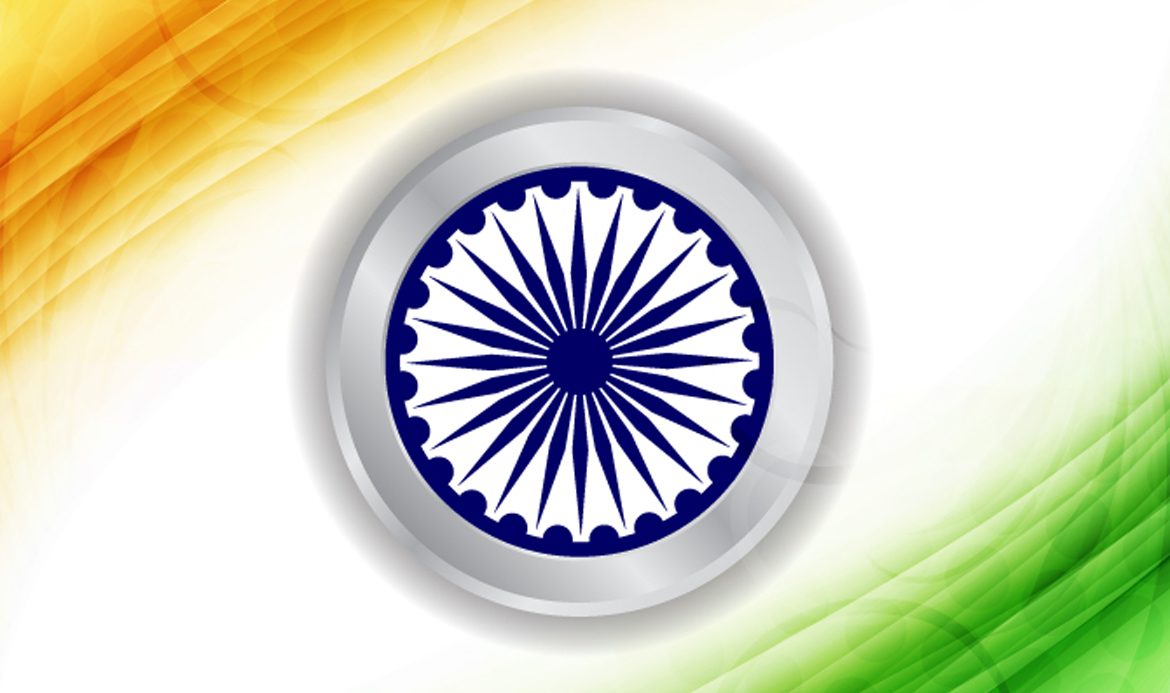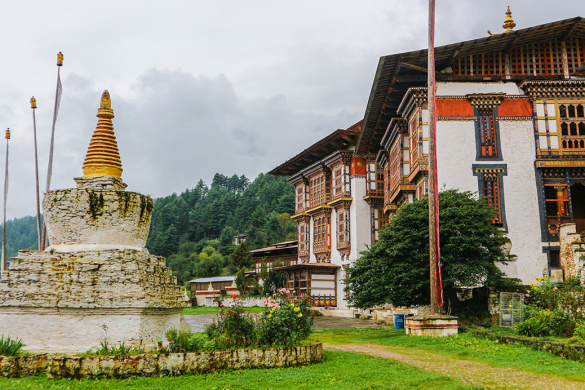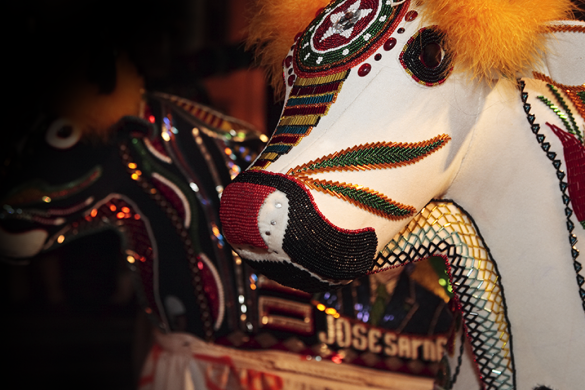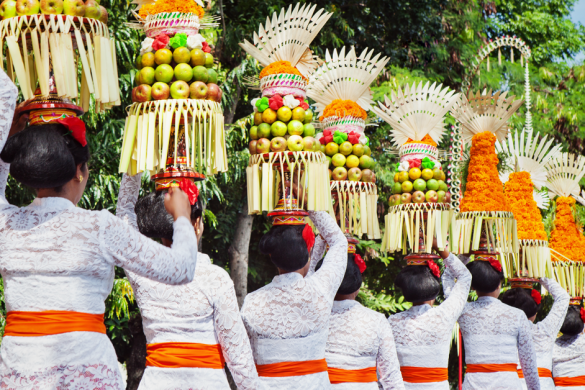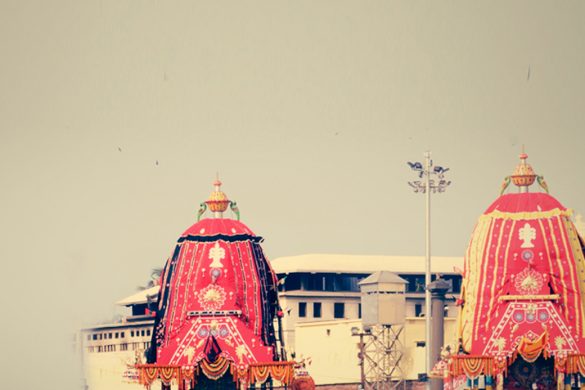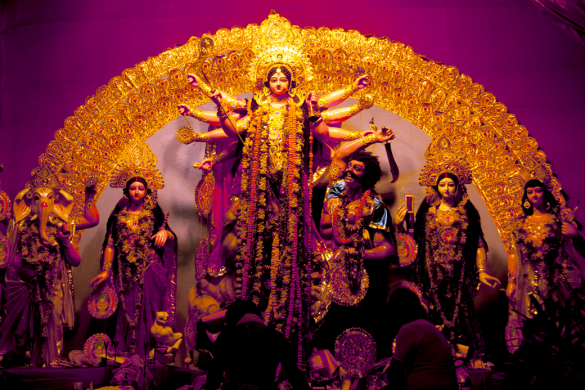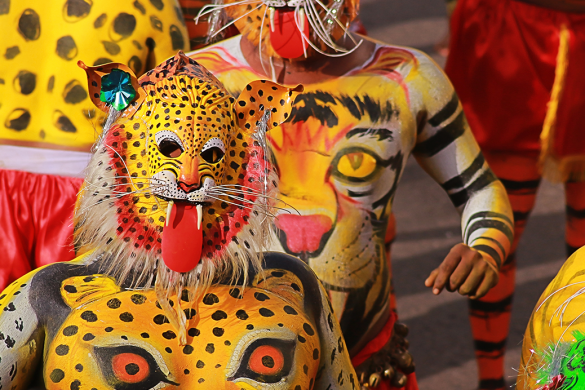The national flag of a country is a matter of pride for its citizens and more so for Indians, as it is the result of over a century of toil for independence, by its citizens. The first variant of the Indian National Flag was made in 1921, consisting of the colour red and green, representing the two major communities of India. However, at the suggestion of Mahatma Gandhi, the white strip was added to represent the remaining communities of India. Besides that, the ‘Ashok Chakra’ in navy blue colour with 24 equally spaced spokes was added to symbolize the progressive stance of the nation, in a dynamic modern world. The ‘Chakra’ is actually the wheel of ‘Dharma’, which is a tenet followed by a majority of faiths living in India.
The National Flag of India consists of the colours of saffron, white and green, along with the blue ‘Ashok Chakra’. Each colour symbolises the qualities, which India aspires towards. The colour saffron is symbolic of the spirit of detachment, courage and selflessness, inspiring the leaders of the country to focus on the well-being of the nation above everything else. Next up in the tricolour is white, which represents peace, purity and the path of light and truth. The colour blue in the ‘Ashok Chakra’ stands for moving peacefully towards progressive times. This is believed to bring about boundless growth like the blue sky above. The last stripe of colour on the National Flag is green, which stands for faith and prosperity, thereby denoting life and happiness. The colour green also emphasizes on the need to place your soil above everything else, creating a sense of patriotism among the citizens. The colours of the Indian Flag were decided upon after much deliberation and have served as an embodiment of the guiding principles to all Indians and those who lead the country.
